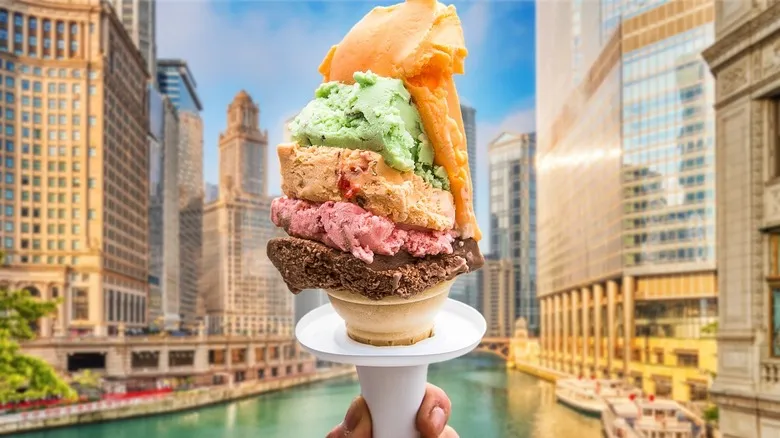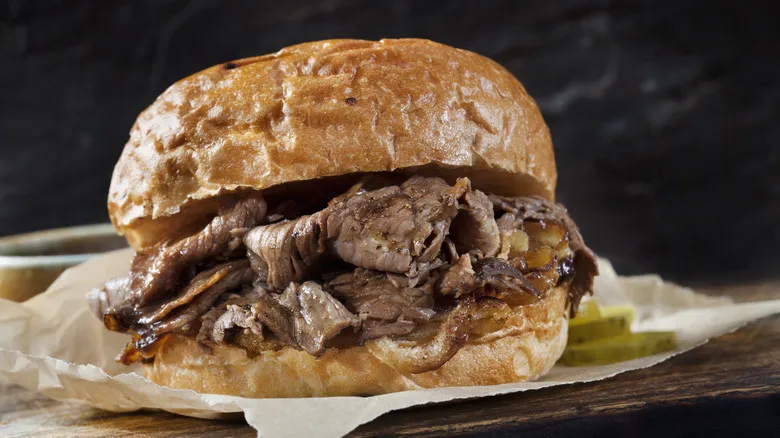Sandwiches' association with vice and greed

Contrary to popular belief, some historians suggest that Montagu likely requested this simple, portable meal while diligently working at his desk, rather than during an all-night gaming session. While Montagu did enjoy card games and gambling like many gentlemen of his era, he was equally dedicated to his political career. Therefore, it seems improbable that he would have been so reckless with his time or finances as to gamble for an entire day. So, where did these stories originate?
The original legend appears to stem from French writer Pierre-Jean Grosley's observations during his time in England, documented in his book "A Tour of London." Although historians consider the tale to be exaggerated, it highlights the connection between sandwiches and gambling, as well as men's activities during Montagu's era. Gambling was a favored pastime in the 18th century, likely due to advancements in industry and trade that enabled working-class men to ascend the social ladder.
While women did occasionally partake in gambling, it typically occurred in the privacy of homes, as gaming establishments were exclusively for men. These disreputable, smoky venues were regarded as dens of vice and potential financial disaster. Within these spaces, men could — and often did — squander fortunes, leading their families into poverty. The frequent serving of sandwiches in these establishments further linked them to men's vices and irresponsible conduct.
Saving the sandwich from an unseemly reputation

Despite its humble origins, the sandwich quickly became popular beyond men's gatherings due to its convenience and adaptability. Social events among the elite often concluded with a light evening meal, and sandwiches soon became a common feature at supper tables. Not long after, George III and Queen Charlotte further established the sandwich's status in respectable society by bringing them along on outings to feed their 15 children while on the move.
By this time, the sandwich had transformed from a simple layer of cold beef or ham between two slices of bread into something more sophisticated. Home cooks were encouraged to incorporate flavors and ingredients suitable for elegant social occasions. This shift led to the creation of delicate tea sandwiches filled with thinly sliced cucumber, cress, and fresh butter, or savory cheese and pickles.
At the same time, sandwiches were also becoming popular among the working class. Men working in mills and factories often found themselves too far from home to enjoy a midday meal with their families. Instead, they would bring sandwiches to work to keep them fueled throughout the day. As a result, the sandwich gained traction across Europe and into North America, becoming a staple in both households and restaurants. Once rescued from its less-than-glamorous beginnings, the sandwich has now become an integral part of modern culture — and a delicious one at that.
Recommended

The Story Behind Chicago's Iconic Ice Cream, The Rainbow Cone

Taco Bell Tried To Launch Restaurants In Mexico And Failed ... Twice

These Were The Very First Flavors Of Capri-Sun Sold In Stores

How Chicken-Fried Steak Became A Texas Icon
Next up

